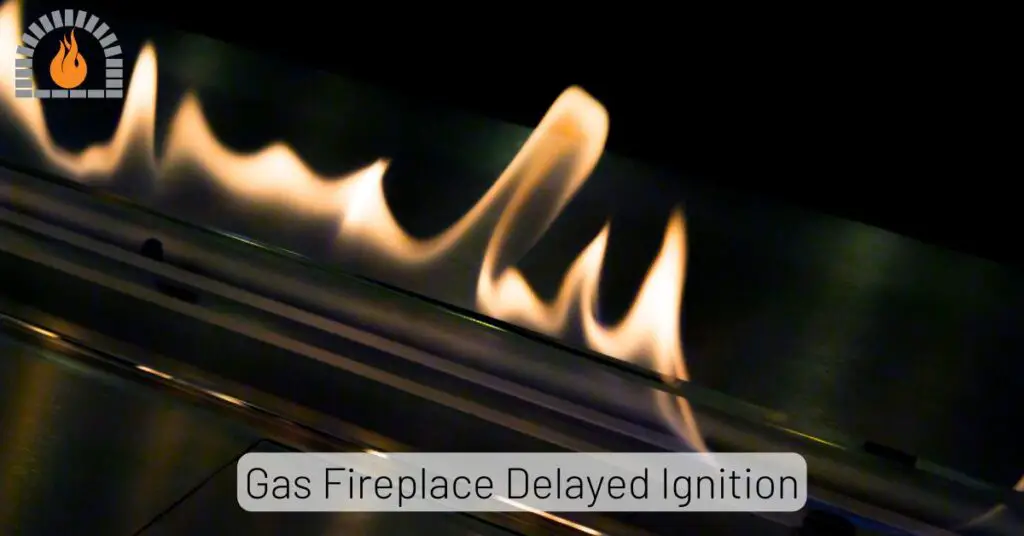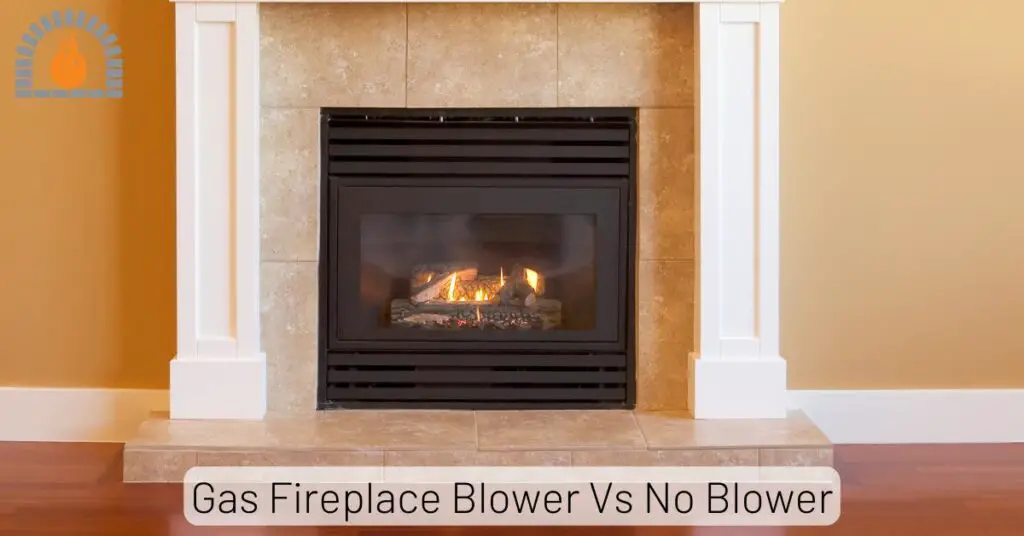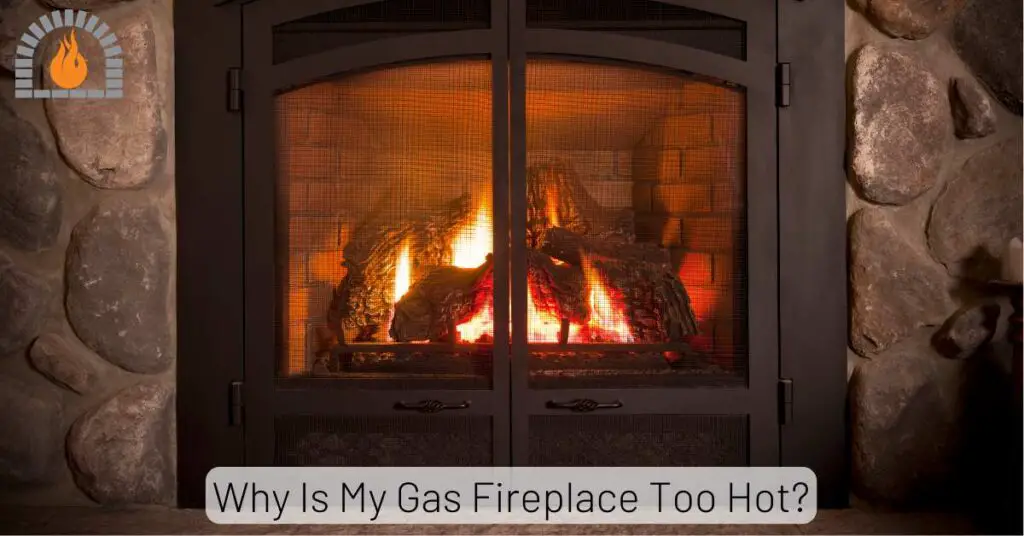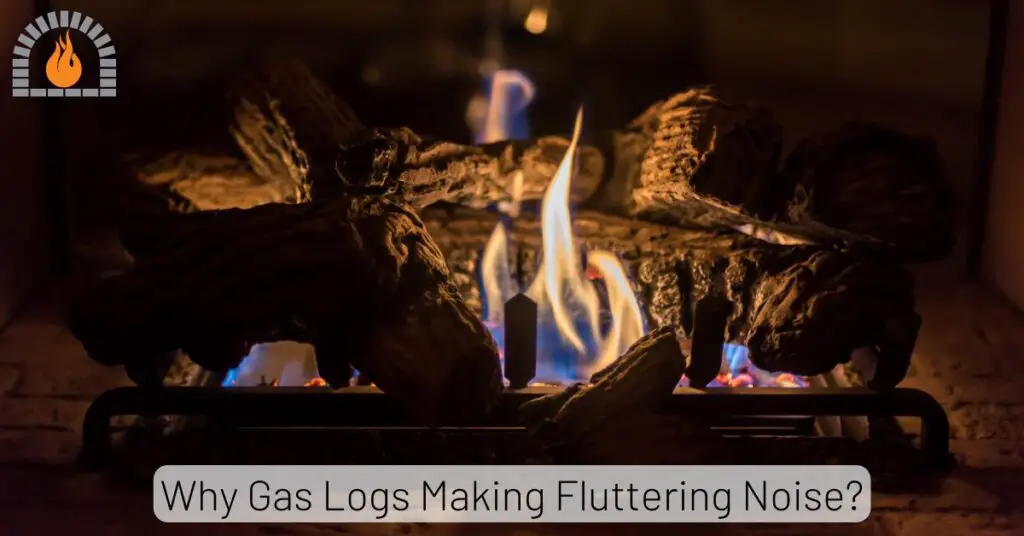Dreaming of cozy evenings by the warm glow of a gas fireplace? A key component to making that dream a reality, especially if you don’t have a natural gas line, is selecting the right size propane tank. But figuring out what size propane tank do I need for a gas fireplace can feel like a puzzle.
This comprehensive guide will walk you through all the factors to consider, from fireplace BTU ratings and usage frequency to climate and tank options, ensuring you choose a tank that keeps your home comfortably warm without constant refills.
Key Takeaways
- For occasional supplemental heating with a gas fireplace, a 100-gallon or 120-gallon tank might suffice.
- For more frequent use or primary heating with a gas fireplace, or if you have other propane appliances, consider larger tanks like 250-gallon, 500-gallon, or even 1000-gallon tanks.
- Factor in local climate and the severity of your winters when estimating propane consumption.
- Always consult with a qualified propane supplier for personalized recommendations and safe installation.
Gas Fireplace and Propane Consumption
The first step in figuring out “what size propane tank do I need for a gas fireplace” is understanding your fireplace itself. The key metric here is its British Thermal Unit (BTU) rating.
This number, usually found on a label on or near the fireplace, indicates the amount of heat the fireplace can produce per hour and, consequently, how much propane it consumes.
How to Find Your Fireplace’s BTU Rating:
- Check the manufacturer’s label: This is the most reliable source. Look for a sticker or plate with model information and specifications.
- Consult the owner’s manual: The manual should provide detailed information about your fireplace, including its BTU rating.
- Search online: If you know the make and model, you can often find specifications on the manufacturer’s website or retailer pages.
Once you have the BTU rating, you can start to estimate your propane consumption. Remember, 1 gallon of propane contains approximately 91,500 BTUs. However, fireplaces don’t always run at their maximum BTU output.
Estimating Propane Usage (Example):
Let’s say your gas fireplace has a BTU rating of 30,000 BTUs per hour. If you run it for an average of 4 hours per day on 3 days a week during the colder months (let’s say 4 months or 16 weeks), the calculation would look like this:
- Hours of use per week: 4 hours/day * 3 days/week = 12 hours/week
- Total hours of use per season: 12 hours/week * 16 weeks = 192 hours
- Total BTU consumption per season: 192 hours * 30,000 BTUs/hour = 5,760,000 BTUs
- Estimated propane gallons needed per season: 5,760,000 BTUs / 91,500 BTUs/gallon ≈ 62.95 gallons
Keep in mind that this is just an estimate. Your actual usage may vary depending on factors like outdoor temperature, how warm you keep your home’s thermostat, and the fireplace’s settings.
Common Propane Tank Sizes for Gas Fireplaces
| Tank Size | Approximate Propane Capacity (Gallons) | Typical Use Case | Pros | Cons |
|---|---|---|---|---|
| 20 lb (5 Gallon) | 4.7 gallons | Portable grills, small outdoor heaters (generally too small for primary fireplace use) | Highly portable, easy to exchange. | Very limited capacity for fireplaces, frequent refills needed, not cost-effective for regular use. |
| 30 lb (7 Gallon) | 7 gallons | Larger portable grills, some RVs (still likely too small for primary fireplace use) | More capacity than a 20 lb tank, still relatively portable. | Still limited capacity for fireplaces, frequent refills needed. |
| 100 lb (25 Gallon) | 23.6 gallons | Small space heaters, temporary heating (can work for very occasional fireplace use) | More substantial capacity, can be a temporary solution. | Requires secure placement, refills still relatively frequent for regular fireplace use, may not be cost-effective for primary heating. |
| 420 lb (100 Gallon) | 80 gallons | Primary heating for small spaces, supplemental heating with a gas fireplace. | Good for moderate fireplace use, less frequent refills than smaller tanks. | Requires professional installation, takes up more space. |
| 500 Gallon | 400 gallons | Primary heating for average-sized homes, multiple propane appliances including a fireplace. | Economical for higher usage, less frequent refills, often allows for better per-gallon pricing. | Requires significant space, professional installation, higher upfront cost. |
| 1000 Gallon | 800 gallons | Large homes, multiple propane appliances, significant heating needs. | Most economical for very high usage, longest intervals between refills. | Requires a large property, professional installation, highest upfront cost. |
Factors Beyond BTU: Influencing Your Propane Tank Choice
While your fireplace’s BTU rating is a primary factor, several other considerations will influence the “what size propane tank do I need for a gas fireplace?” decision:
How often do you plan to use your fireplace? Will it be for occasional ambiance or a primary source of supplemental heat? Longer and more frequent use necessitates a larger tank.
If you live in a colder climate or your home isn’t well-insulated, you’ll likely use your fireplace more often and for longer durations, requiring a larger propane supply.
Do you have or plan to have other propane-powered appliances, such as a water heater, furnace, or range? If so, you’ll need a larger tank to accommodate the total propane demand.
Smaller tanks require more frequent refills, which can be inconvenient and potentially more expensive per gallon compared to larger deliveries. Consider the logistics of getting your tank refilled in your area.
Some municipalities have regulations regarding the size and placement of propane tanks. Also, consider the available space on your property for the tank. Underground tanks are an option for larger capacities but involve more complex installation.
Larger tanks have a higher upfront cost for purchase or installation (if you don’t opt for a lease agreement with a propane supplier). Factor in the long-term cost savings of less frequent refills and potentially lower per-gallon prices.
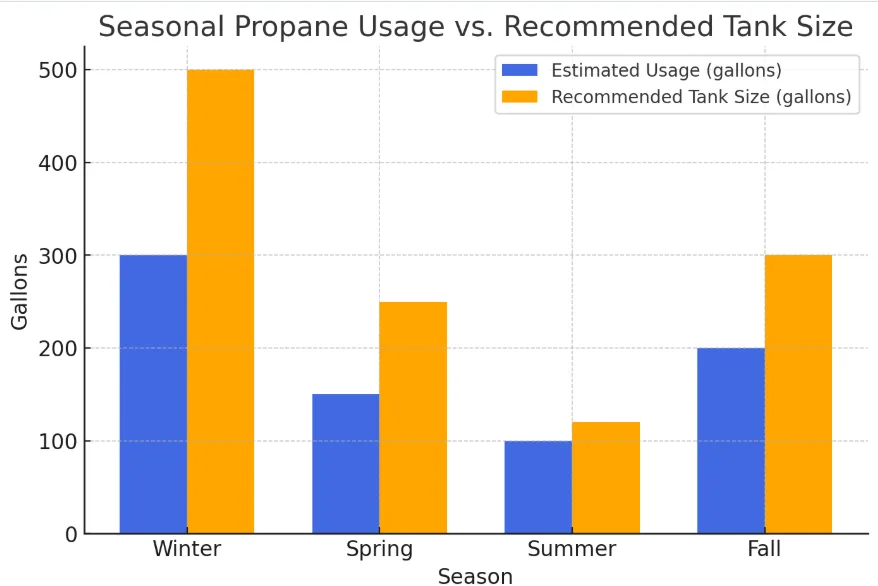
Chart: Estimated Monthly Propane Consumption
| Weekly Usage (Hours) (Example – 30,000 BTU Fireplace) | Estimated Monthly Consumption (Gallons) | Suitable Tank Sizes (for primary fireplace use) |
|---|---|---|
| 2 | ~2.6 | 20 lb (short-term), 30 lb, 100 lb |
| 5 | ~6.56 | 30 lb (short-term), 100 lb |
| 10 | ~13.12 | 100 lb, 420 lb |
| 20 | ~26.24 | 420 lb, 500 Gallon |
Making the Right Choice
- Determine your fireplace’s BTU rating.
- Estimate your anticipated usage (hours per week/month). Be realistic!
- Calculate your approximate seasonal propane consumption in BTUs and then gallons.
- Consider the impact of climate and home insulation on your usage.
- Factor in any other propane appliances you have or plan to get.
- Evaluate the different propane tank sizes and their capacities.
- Think about refill frequency, convenience, and potential costs.
- Check local regulations and available space for the tank.
- Compare the upfront and long-term costs of different tank sizes.
- Consult with a reputable propane supplier.
Working with Propane Professionals
When it comes to “what size propane tank do I need for a gas fireplace,” don’t hesitate to seek expert advice. Propane suppliers have years of experience and can help you:
- Accurately estimate your propane needs.
- Determine the best tank size for your situation.
- Explain installation requirements and safety regulations.
- Provide information on propane delivery schedules and pricing plans.
FAQs
Can I use a small portable propane tank for my gas fireplace?
Generally, no. While technically possible with the right connections (which should always be done by a professional), the small capacity of 20 lb or 30 lb tanks means you’d run out of propane very quickly with regular fireplace use, making it highly inconvenient and not cost-effective.
Is it better to lease or buy a propane tank?
Both options have pros and cons. Leasing often has lower upfront costs and includes maintenance, but you don’t own the tank. Buying gives you ownership and potentially more flexibility in choosing suppliers, but you’re responsible for maintenance. Discuss this with your propane provider.
How long will a 100-gallon propane tank last for a gas fireplace?
This depends entirely on your fireplace’s BTU rating and how often you use it. Using the example above (30,000 BTU fireplace), a full 80-gallon (usable capacity of a 100-gallon tank) tank could theoretically last for around 240 hours of continuous use (80 gallons * 91,500 BTU/gallon / 30,000 BTU/hour). However, real-world usage with intermittent operation will vary.
What are the safety considerations for propane tanks?
Propane tanks should always be installed and maintained by qualified professionals. Ensure proper ventilation around the tank, keep it away from ignition sources, and never attempt to modify or repair the tank yourself.
Will a larger propane tank save me money in the long run?
Potentially, yes. Larger tanks often qualify for lower per-gallon propane prices due to bulk delivery. However, the higher upfront cost of a larger tank needs to be considered.
How do I know when my propane tank needs refilling?
Most residential propane tanks have a gauge that indicates the fill level. Your propane supplier may also offer automatic delivery services based on your usage patterns.
Affiliate Disclosure: Fireplaceadviser.com is a participant in the Amazon Services LLC Associates Program. We may earn a commission when you click on certain links on this site and purchase.

Hello!! I am Jamal Khan. I often fix my home electric heaters and gas stove problems and research the common issues in the heating units to improve my knowledge and expertise. The aim of establishing fireplaceadviser.com is to share my expertise and knowledge with my audience.







